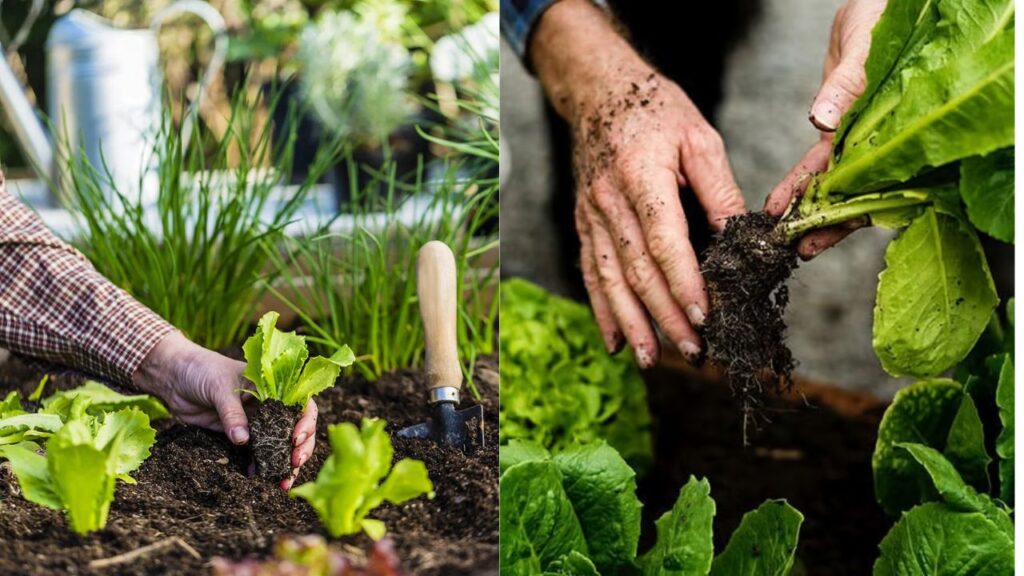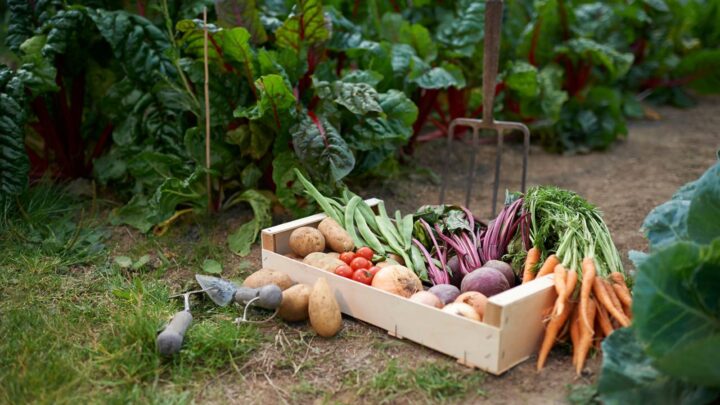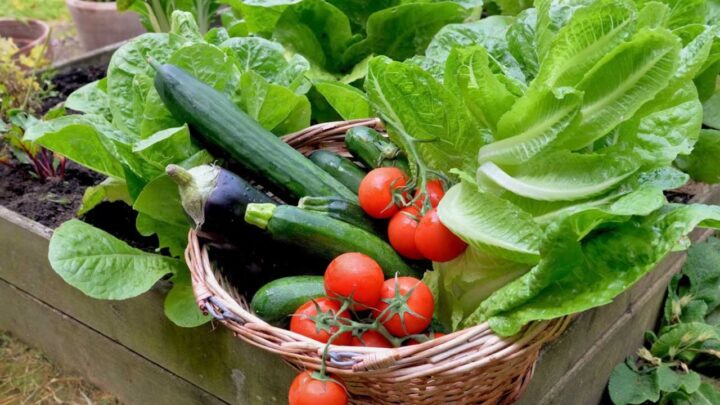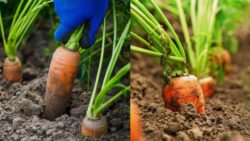Grow Fresh Veggies at Home – Even without a backyard, you can enjoy fresh, organic vegetables right from your kitchen, balcony, or small patio. With the right methods and a little care, you can grow enough produce to feed your family all year long.

Why Growing Vegetables at Home is Easier Than You Think
Growing your own vegetables doesn’t require acres of land or expensive equipment. All you need is sunlight, containers, and a few seeds. Indoor and balcony gardening have become popular across cities because they are space-efficient, cost-effective, and rewarding. You’ll save money, reduce waste, and enjoy the unbeatable taste of freshly picked veggies. Plus, it’s an amazing stress reliever and a fun family activity.
Best Vegetables to Grow in Small Spaces
If you’re a beginner, start with vegetables that grow fast and don’t demand much space or maintenance. Some excellent options include:
- Leafy greens like spinach, lettuce, and kale
- Herbs such as basil, coriander, and mint
- Compact veggies like cherry tomatoes, chillies, and radishes
- Root crops such as carrots and beets in deep containers
- Climbing plants like beans and cucumbers with trellises
These varieties adapt well to indoor light and container environments, making them perfect for apartments or balconies.
Step-by-Step Guide to Growing Fresh Veggies at Home
- Step 1: Choose Your Growing Spot
Select a location that gets at least 4–6 hours of sunlight daily. A sunny balcony, window ledge, or terrace corner works perfectly. If sunlight is limited, use LED grow lights to boost plant growth.

- Step 2: Pick the Right Containers
Use pots, recycled buckets, or grow bags with good drainage holes. Ensure the containers are at least 8–12 inches deep for most vegetables. Always clean them before planting to avoid diseases.
- Step 3: Prepare Nutrient-Rich Soil
Mix garden soil with compost or coco peat to ensure proper aeration and drainage. Organic compost gives your plants essential nutrients for strong roots and steady growth.
- Step 4: Sow Seeds or Seedlings
Plant your seeds about an inch deep, depending on the vegetable type. For quicker results, start with seedlings from a nursery. Water lightly and keep the soil moist but not soggy.
- Step 5: Water and Maintain Regularly
Water your plants in the early morning or evening. Check the soil moisture daily; dry soil slows growth, while overwatering can cause root rot. Trim dead leaves and ensure healthy airflow.
- Step 6: Harvest with Care
Harvest vegetables once they reach full size and color. Frequent picking encourages more growth. Use scissors or small shears to avoid damaging the plant stems.

Common Mistakes to Avoid
Many beginners face challenges at first, but these can be easily avoided:
- Overwatering plants or leaving them in soggy soil
- Ignoring sunlight requirements
- Using poor-quality seeds
- Not providing proper spacing between plants
- Skipping pest control and regular trimming
Extra Tips for Year-Round Harvest
- Rotate your crops every few months to maintain soil fertility.
- Use organic fertilizers like compost tea or vermicompost.
- Group plants with similar water needs together.
- Collect rainwater for eco-friendly watering.
- Start a mini herb garden indoors for quick harvests.
FAQs
Can I grow vegetables without sunlight?
Yes, you can use LED grow lights to replace sunlight. These lights provide the right spectrum for photosynthesis, helping your plants grow healthy indoors.
How often should I water my home garden?
Water once daily during summer and every alternate day in cooler months. Always check the top inch of soil—if it’s dry, it’s time to water.
Which vegetables are best for beginners?
Spinach, mint, lettuce, tomatoes, and chillies are perfect for beginners. They grow fast, need little attention, and thrive well in small containers.
Do I need fertilizers for indoor gardening?
Yes, organic compost or vermicompost boosts growth and flavor. Avoid chemical fertilizers to keep your produce fresh and toxin-free.
 Grow Tomatoes Faster Than Ever! Home Gardening Secrets Every American Should Know for Early Harvest
Grow Tomatoes Faster Than Ever! Home Gardening Secrets Every American Should Know for Early Harvest
Starting your own vegetable garden at home is easier than you imagine. Whether you live in a small apartment or a big house, you can grow fresh, healthy vegetables all year long. Begin today, nurture your plants with love, and enjoy the joy of harvesting your own food—it’s one of the most rewarding feelings ever!



